
Meet today's food safety testing challenges with advanced LC/MS & GC/MS
From analyzing raw ingredients to evaluating final products, food safety testing is essential across the entire food value chain. Faced with increasingly complex food matrices and ever-evolving regulations, testing labs are under constant pressure to deliver quality data to protect public safety while improving the speed and efficiency of their workflows.
In response to these growing challenges, the U.S. Environmental Protection Agency (EPA) recently awarded over $15 million in research grants to institutions investigating PFAS exposure in agriculture, emphasizing the importance of understanding and mitigating these harmful "forever chemicals." In this challenging environment, having the right analytical tools is crucial. As a market leader in this field, Agilent offers a suite of end-to-end workflow solutions – encompassing both LC/MS and GC/MS technologies – designed to help laboratories maximize productivity, reduce operational costs, and remain compliant with tightening regulations in the food testing industry. These instruments combine the performance required to meet lower detection limits with the built-in intelligence to minimize downtime and enable intuitive, 24/7 operation.
Learn more about how Agilent’s LC/MS and GC/MS solutions optimize food safety and authenticity testing workflows to deliver the high-quality data needed to safeguard consumer health and ensure the integrity of the food supply chain.

Address food testing pain points with LC/MS
Shifting goalposts
In today's food market, agility is key. Suppliers, brands, and testing facilities must constantly adapt to meet the changing needs and expectations of consumers, comply with evolving regulations, and navigate economic uncertainties.
Expanding global reach has become a priority for food companies, while authenticity and sustainability in sourcing raw ingredients have emerged as cornerstones of brand equity, especially in response to a growing number of conscientious consumers. Governments agencies are also intensifying their oversight of food safety and quality, imposing stricter regulations and more rigorously enforcing supply chain compliance.
Food testing laboratories are at the center of this dynamic environment. As new matrices emerge and regulations evolve, these facilities must invest in the latest equipment and methodologies to stay ahead of the curve, meet lower detection limits, and continue to provide timely results.
Meet emerging testing demands with state-of-the-art LC/MS workflows
LC/MS technologies from Agilent are uniquely tailored to meet these demands, offering unparalleled sensitivity, selectivity, and robustness in detecting and quantifying a wide range of contaminants and residues in food.
Agilent offers state-of-the-art, integrated workflows for both routine and nontargeted food safety testing, spanning from sample prep through to LC/MS, data analysis, database and library referencing, and application and maintenance support. Below, see how the 6495D triple quadrupole LC/MS, with its new VacShield and iFunnel technology, provides around 10x improvement in signal compared to legacy systems, while being robust enough to withstand the effects of deposition from complex and dirty matrices.
Plus, explore an LC/MS/MS method for screening 504 pesticides in spice matrix using the 1290 Infinity II Bio LC system coupled to a 6495D LC/TQ. Learn how intelligent software that automatically optimizes method parameters enables users to add new pesticides to existing target lists with ease.
PFAS in food is an emerging concern and regulations are starting to appear. Explore the enhanced matrix removal (EMR) mixed-mode passthrough cleanup followed by detection with the 6495D triple quadrupole LC/MS.

Perform non-stop pesticide analysis in black tea matrix
System robustness is crucial, especially for routine, in-production analyses and large sample populations. Agilent demonstrates the performance of the 6495D LC/MS system with over 2,000 nonstop injections over 16 days in a dirty matrix. Learn how the 6495D's features enable high-performance, sensitive analysis while remaining durable against complex samples.
Download method
Determination of 30 PFAS in infant formula, milk and eggs
Detecting PFAS residues in food is vital, given the challenges posed by complex food matrices. This workflow covers the detection of 30 PFAS targets in infant formula, milk, and eggs using QuEChERS extraction, followed by cleanup with the Captiva EMR PFAS Food II cartridge and LC/MS/MS detection.
Download methodThe Agilent 6475 Triple Quadrupole LC/MS is a high-spec but user-friendly system that features several hardware and software improvements compared to legacy technologies, including:
- Artificial Intelligence (AI)-based tuning and calibration
- Active system monitoring with early maintenance feedback (EMF)
- Reflexive reinjection logic with intelligent reflex (iReflex)
- Maintenance and method development automation
- Enhanced MS1 and MS2 resolution with narrow isolation mode
- Adherence to 21 CFR Part 11 and Annex 11 compliance guidelines
The Agilent 6495D Triple Quadrupole LC/MS shares the same intelligence features with the Agilent 6475 Triple Quadrupole but also has iFunnel technology for ultimate sensitivity i.e. when required detection limits can't be reached.
Speed, sensitivity, or efficiency for pesticide testing? No need to choose - Have them all
Pesticide analysis in food is challenging. Laboratories need to test for pesticide residues in foods against a growing list of target compounds, meet stringent regulations that drive lower detection limits, and make methods work in very complex sample matrices.
Agilent's advanced multi-class, multi-residue pesticide testing methods offer a significant advantage in routine monitoring, enabling high throughput, sensitive detection levels, and rapid quantitative analysis for hundreds of pesticides in a single sample. In the resources below, explore a comprehensive multi-residue LC/MS workflow for the quantitation of 1000 pesticide residues in 20 minutes, learn how to detect pesticides and pesticide metabolites in complex food matrices, and explore the benefits of automatically combining data-independent acquisition with targeted MS/MS for additional confirmation in suspect screening.
Quantify over 1,000 pesticide residues in tomato according to SANTE 11312/2021 guidelines
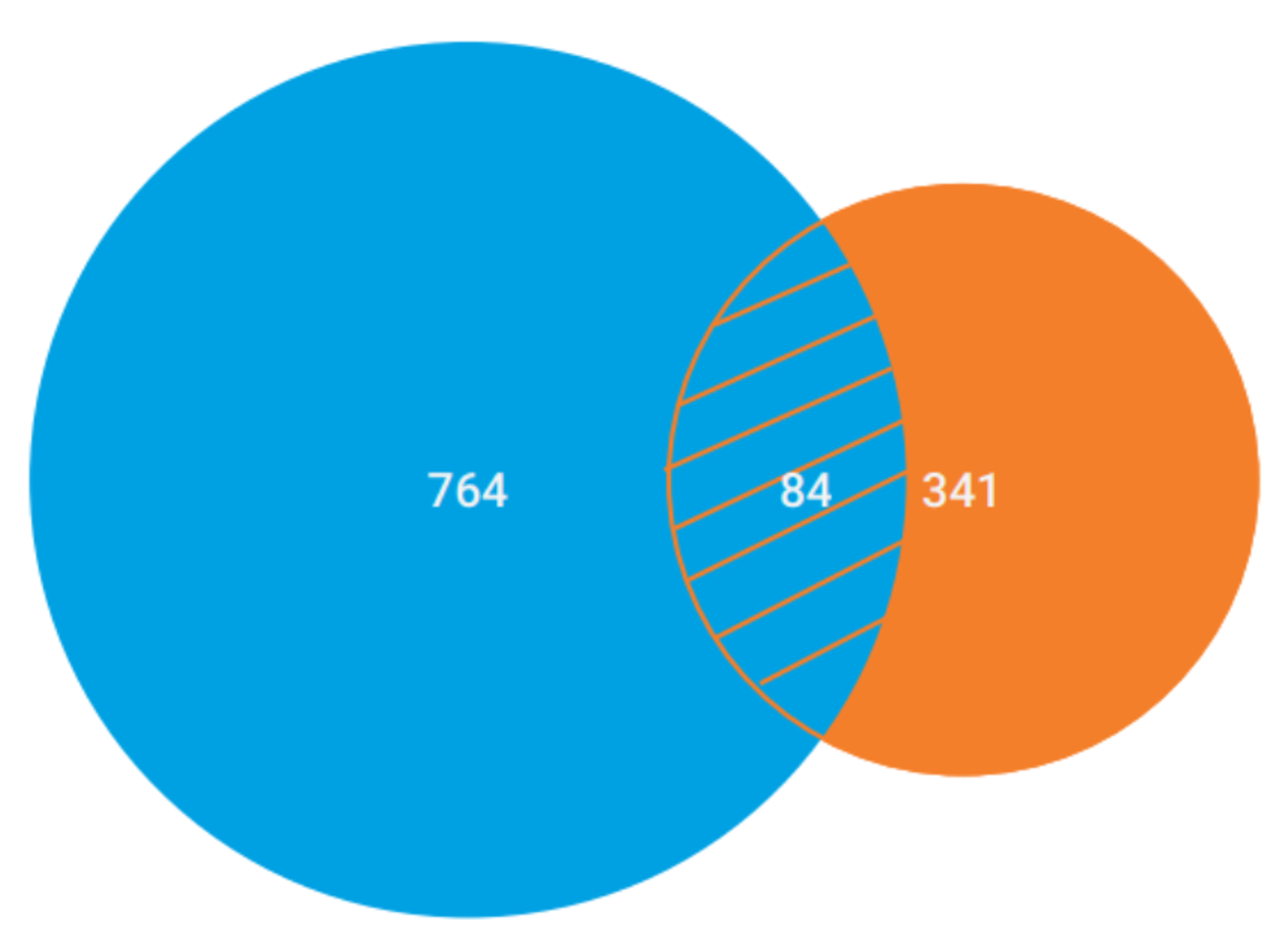
Detect multiresidue pesticides in complex matrices using the 6475 triple quadrupole LC/MS system
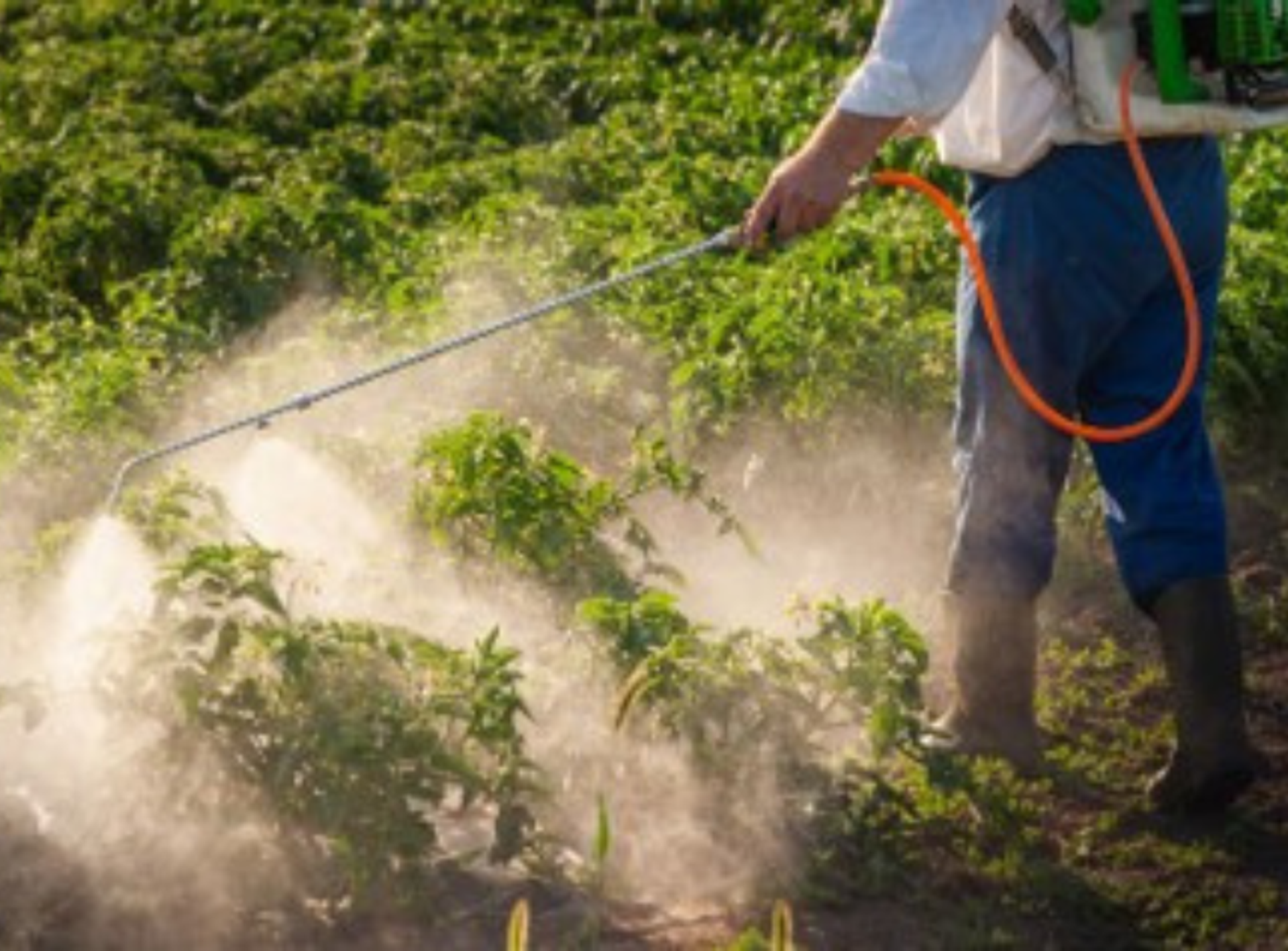
Software that makes sense
Effective software for data acquisition, analysis, and library management is indispensable in both LC/MS and GC/MS workflows, helping to streamline analyses, facilitate unknowns identification, and enable the instruments to be used by non-experts.
Below, explore a protocol for pesticide screening that combines the new Revident LC/Q-TOF with the MassHunter Quantitative Analysis 12 Screener Tool to perform fast and routine suspect screening without standards. Moreover, see how Agilent’s ChemVista library manager software integrates compound retention time and mass spectra from multiple sources into one location to streamline the identification of unknown compounds.

Perform data independent acquisition with a new LC/Q-TOF and dedicated screening software
Download method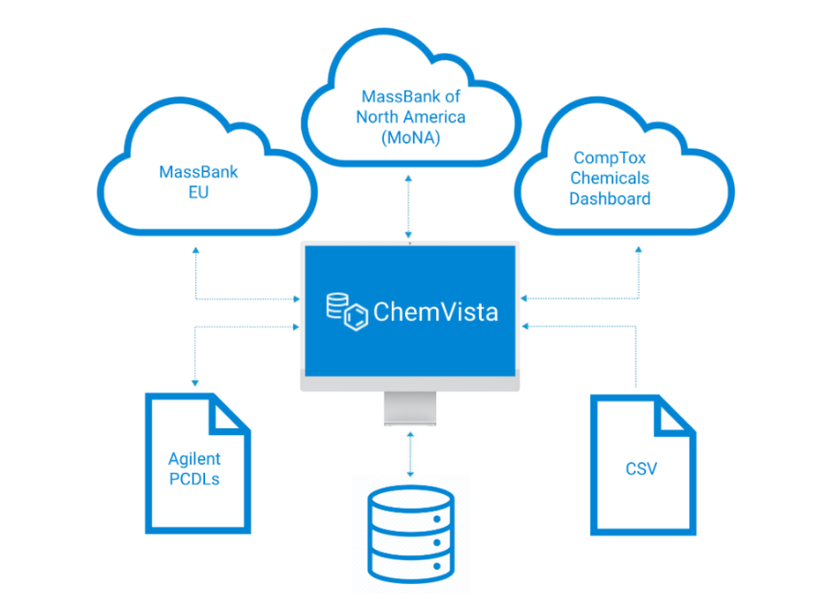
Enhance compound identification workflows with a novel library manager software application
Download method
Get the best out of GC/MS
In addition to LC/MS, GC/MS is widely accepted by regulatory agencies and accredited laboratories for food safety analysis. GC is often used to analyze fatty acids, sterols, alcohols, oils, and aroma profiles, and is also the method of choice for analysis of any volatile component in food. GC/MS offers faster, more efficient separation than LC and can provide higher sensitivity for certain compounds, enabling the detection of trace levels of contaminants, such as pesticides, mycotoxins, and drug residues, at parts per billion (ppb) or even parts per trillion (ppt) concentrations. Moreover, GC/MS can be coupled with various sample preparation techniques, such as solid-phase extraction, to enhance sensitivity and selectivity for different analytes of interest.
Discover the best practices and latest technology to enhance analytical performance and system robustness for pesticide analysis in challenging matrices using GC/MS/MS. Learn to apply these approaches to the detection of over 200 pesticides in a black tea matrix using the Agilent 7010D Triple Quadrupole GC/MS. Plus, gain insights into the simultaneous dynamic multiple reaction monitoring (dMRM) and scan (dMRM/scan) data acquisition mode within triple quadrupole gas chromatography mass spectrometry (GC/TQ) for pesticide analysis. See how this mode can streamline the identification of unknown compounds while maintaining a sensitivity and dynamic range comparable to traditional dMRM analysis methods.
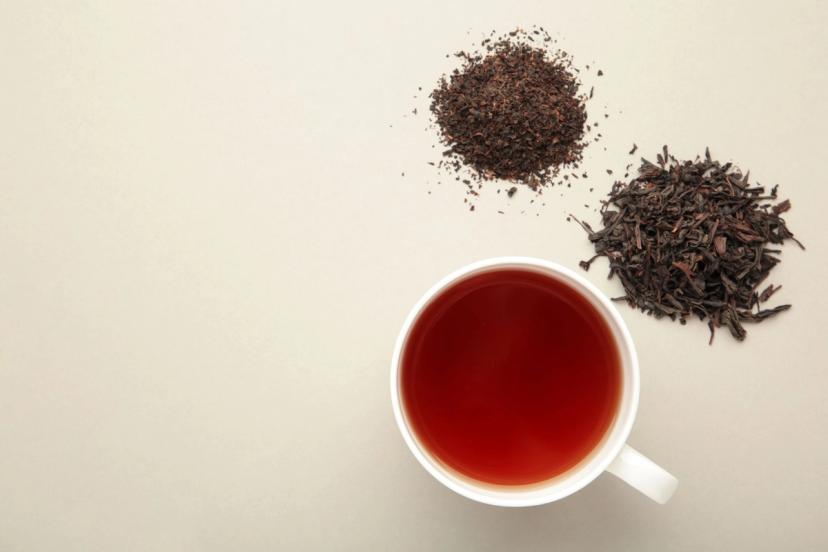
Brewing excellence: quantitating over 200 pesticides in black tea with steady performance and maximized uptime by GC/MS/MS
Tea is a widely consumed beverage, making pesticide level assessment essential for safety. Agilent Technologies offers a GC/TQ workflow using the 7010D GC/TQ for accurate analysis of 246 pesticides in black tea.
Download method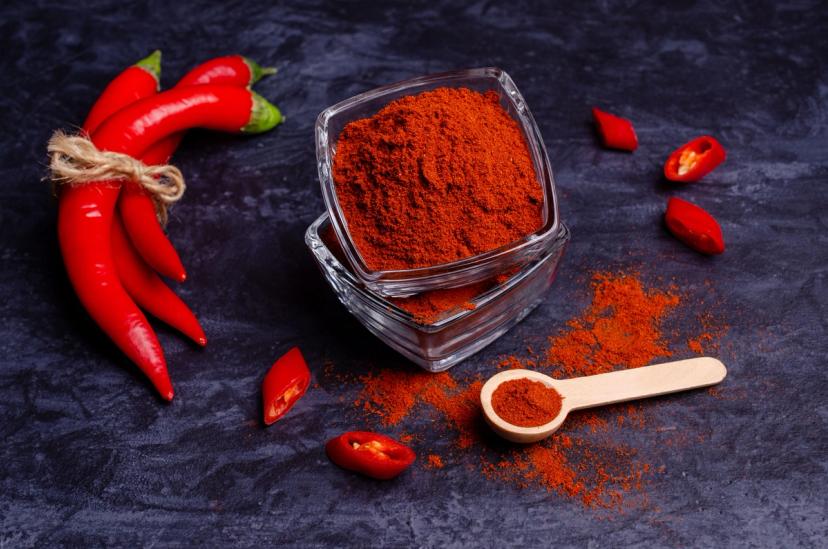
Add more confidence to sensitive quantitation in complex foods by triple quadrupole GC/MS (GC/TQ) using dynamic MRM/scan mode
Concerns about trace food contaminants are increasing demand for fast methods to detect chemical residues. Agilent introduces a new technique called simultaneous dMRM/scan, which allows for both identification and quantification of pesticides in difficult food samples without needing separate analyses.
Download methodBy employing advanced analytical techniques like GC/MS, scientists can identify, quantify, and mitigate the presence of pesticide residues to ensure the safety of food products and mitigate ecosystem disruption. Explore additional methods to efficiently and accurately analyze pesticides and other contaminants of interest, in the application notes below.
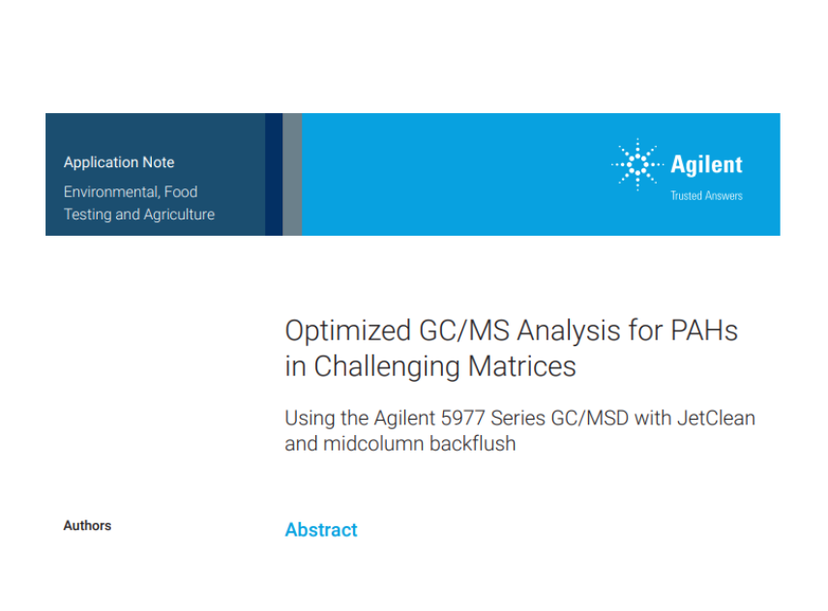
GC/MS for PAH analysis
In addition to pesticide analysis, testing for polycyclic aromatic hydrocarbons (PAHs) is crucial for protecting public health, as many PAHs are known or suspected to be carcinogenic. The Agilent 8890 GC combined with an Agilent 5977 Series MSD system provides a robust means of analyzing PAHs in difficult matrices. Learn how the use of JetClean, the 9-mm draw-out lens, higher zone temperatures, and the appropriate liner, deliver substantial improvements in linearity and peak shape, as well as lab productivity.
Download methodAgilent is at the forefront of advancements in GC/MS technology, including new tools such as AI-enabled data processing and spectral libraries designed to address real-world analytical challenges.
Discover the Possibilities - GC/MS Instrument Intelligence
Intelligent tools recommended by users
6495D triple quadrupole LC/MS (LC/TQ)

If you are under pressure to deliver meaningful results, the Agilent 6495D LC/TQ provides sensitivity without compromising robustness.
Built-in instrument intelligence of the 6495D LC/TQ enhances throughput, and integrates comprehensive workflows to get your lab up and running fast, allowing even novice users to generate expert results.
Great value for money, and future proof MS for next 5 years.
Sunil Pinnamaneni Sanad AD
Agilent 6475 Triple Quadrupole
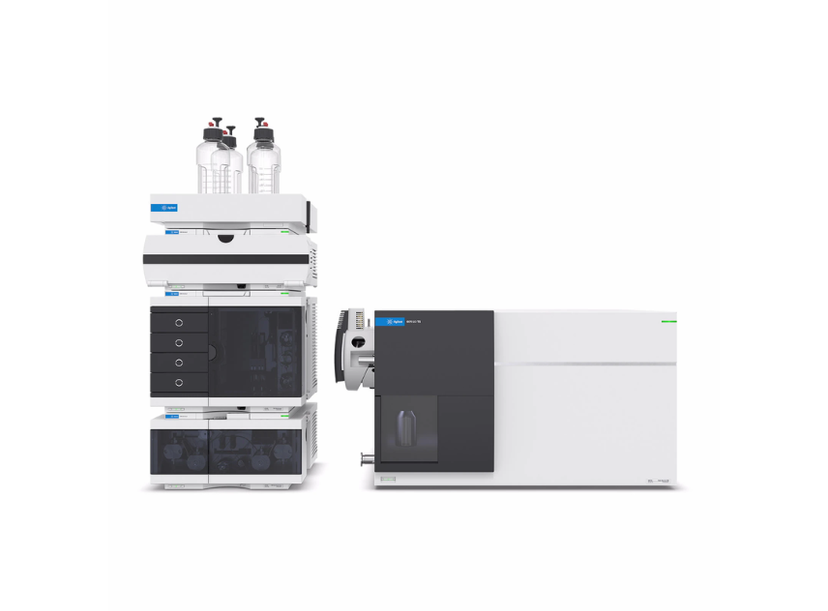
The Agilent 6475 Triple Quadrupole LC/MS is the latest evolution of the reliable LC/MS/MS workhorse customers trust the most.
It offers the required limits of detection for the analysis of pesticides, veterinary drugs, PFAS, nitrosamines, and other regulated methods consistently. Coupled with sophisticated, yet easy-to-use onboard instrument intelligence, your lab can maximize uptime, maintain peak instrument performance, help anticipate maintenance events, and achieve confidence in your results.
Find out more about the Agilent 6475 Triple Quadrupole LC/MS and request a price today.
Great sensitivity, rapid data acquisition and advanced ionization technology.
Wade WEI UC SAN DIEGO
Revident LC/Q-TOF
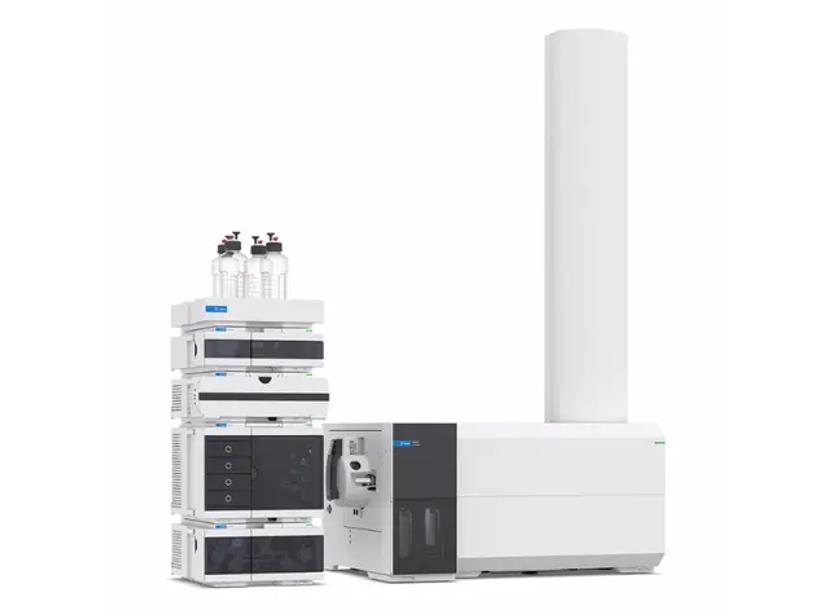
The Revident LC/Q-TOF represents the next evolution in quadrupole time-of-flight instruments.
The Revident Q-TOF LC/MS excels in various applications, including routine screening, high-resolution analysis, accurate mass quantitation, identification of unknown compounds, and high-throughput testing. It is particularly well-suited for small molecule analyses in food safety, environmental analysis, metabolomics, pharmaceuticals, and forensic investigations.
Find out more about the Revident quadrupole time-of-flight LC/MS (LC/Q-TOF) and request a price today.
Agilent 5977C GC/MSD
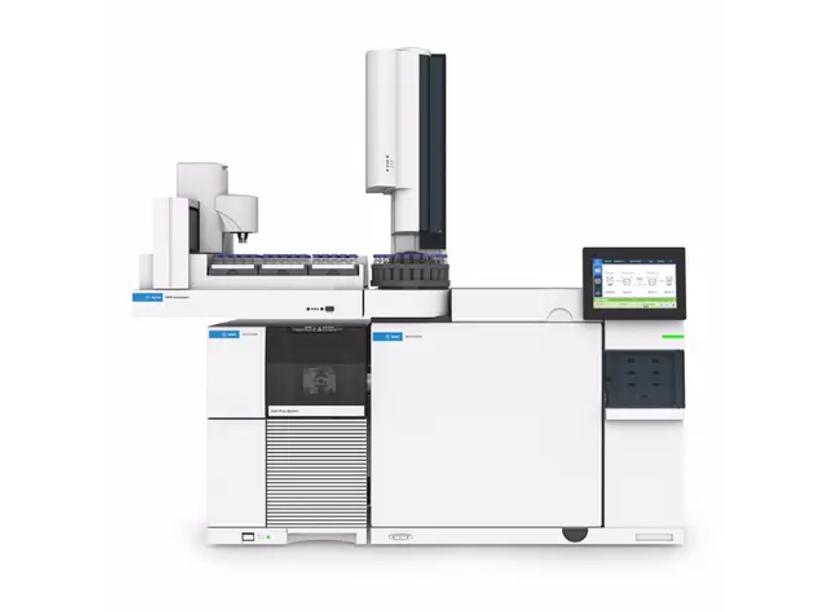
The Agilent 5977C GC/MSD is a versatile instrument used in various fields, including environmental testing, food analysis, chemical and petrochemical analysis, forensics, and pharmaceutical research.
The instrument’s new HydroInert source designed for hydrogen carrier applications not only addresses helium shortages but also enhances spectral accuracy, peak shape, and sensitivity when using hydrogen. Additionally, features such as remote monitoring and email alerts for instrument health simplify system management and provide actionable insights.
Find out more about the Agilent 5977C GC/MSD and request a price today.
Can't live without this instrument.
Md Jahidur Rahman Texanlab Bangladesh Private Limited
7000E Triple Quadrupole GC/MS
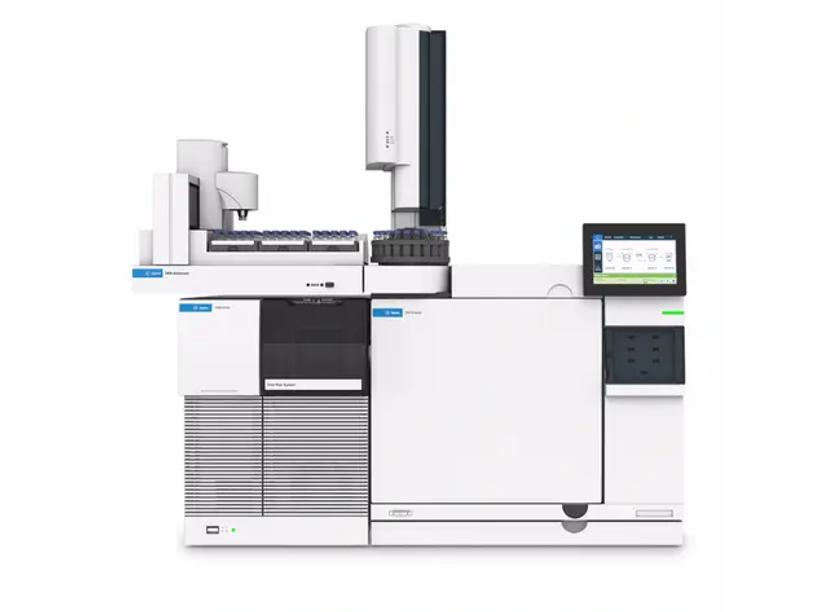
The Agilent 7000E Triple Quadrupole GC/MS is a reliable instrument widely used in various industries, such as food testing for pesticides or environmental analysis for semi-volatile organic compounds (SVOCs).
With the HydroInert ion source optimized for hydrogen carrier gas, labs can avoid disruptions caused by helium shortages while overcoming performance issues associated with hydrogen. These enhancements ensure high performance, minimize instrument downtime, and optimize sample throughput.
7010D Triple Quadrupole GC/MS
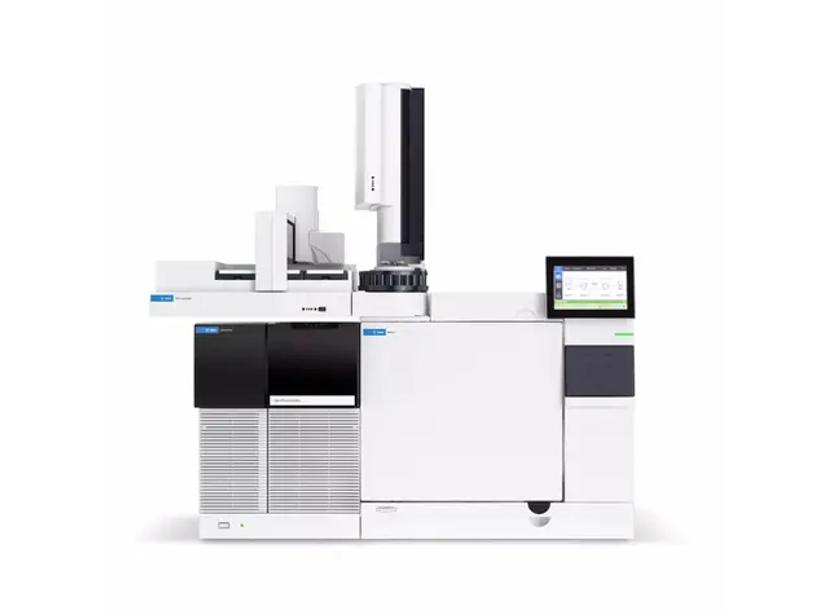
The Agilent 7010D triple quadrupole GC/MS redefines high-end GC/TQ performance.
Featuring the HES 2.0 ion source, it achieves ultratrace-level limits of detection, while heated gold quadrupoles and Agilent JetClean ion source deliver performance and uptime that are second-to-none. Designed for applications requiring the utmost sensitivity, such as food safety analysis, environmental contaminants, and pharmaceutical impurities assessment, the 7010D delivers unparalleled results with remarkable uptime.





